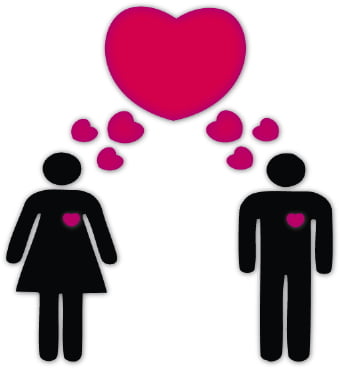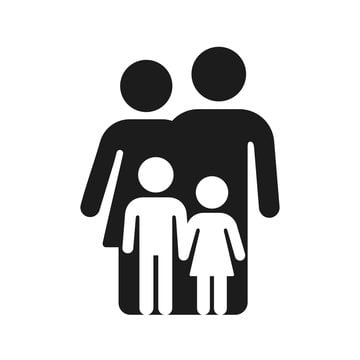Mastering Clear Communication: Strategies for Success
Effective communication is paramount for personal and professional success. Misunderstandings can hinder progress, damage relationships, and breed conflict. This comprehensive guide outlines practical strategies to overcome communication barriers and cultivate clear, concise, and impactful interactions, leading to improved personal and professional outcomes.
Active Listening: The Cornerstone of Understanding
Active listening transcends mere hearing; it demands complete engagement with the speaker. Give your undivided attention, maintain eye contact, use nonverbal cues like nodding to signal comprehension, and ask clarifying questions to demonstrate genuine interest and ensure understanding. This respectful approach fosters deeper connections and leads to more productive discussions.
Choosing the Optimal Communication Channel
The communication medium significantly impacts effectiveness. Face-to-face interactions are best suited for complex or sensitive topics, allowing for immediate feedback and the interpretation of nonverbal cues. Email or text messaging serve well for quick updates or straightforward information. Selecting the right channel ensures accurate message delivery and interpretation.
The Significance of Nonverbal Communication
Communication is not limited to words; nonverbal cues—facial expressions, body language, and tone of voice—play a vital role. Be conscious of your own nonverbal signals and observe those of others. Discrepancies between verbal and nonverbal messages can cause confusion. Cultivating awareness of nonverbal communication enhances accuracy and impact.
Clarity Through Concise Language
Avoid jargon, technical terms, and overly complex sentence structures. Utilize clear, concise language easily understood by your audience. Employ everyday language to ensure your message resonates and avoids confusion. Simplicity ensures everyone understands.
Empathy: Bridging Communication Gaps
Effective communication necessitates empathy—understanding and sharing others' feelings. Consider their perspective and emotions. This fosters trust, improves understanding, and creates a more positive communication environment.
Clarification: Preventing Misunderstandings
Don't hesitate to ask for clarification if something is unclear. It's preferable to seek clarification than to make assumptions leading to misunderstandings. Ask open-ended questions to encourage detailed explanations and ensure complete understanding.
Navigating Cultural Nuances in Communication
In our globalized world, cultural sensitivity is crucial. Communication styles, norms, and gestures differ across cultures. Awareness of these differences prevents misinterpretations and promotes respectful interactions. Understanding diverse cultural communication styles is essential for effective global communication.
Minimizing Distractions for Focused Communication
In today's digital age, distractions are prevalent. Minimize interruptions by putting away your phone, closing unnecessary tabs, and giving the other person your full attention. This shows respect and ensures you are fully present, maximizing understanding and engagement.
Patience and Respect: Cornerstones of Effective Dialogue
Effective communication requires patience and respect. Avoid interrupting, allowing others to fully express their thoughts. Treat everyone with respect, regardless of their viewpoints. Effective communication is a two-way street demanding mutual understanding and consideration.
Mindful Speaking: Precise Message Delivery
Before speaking, take time to organize your thoughts. Mindful speaking ensures clearer and more confident delivery. Avoid rambling; focus on key points for a more impactful message.
Constructive Feedback: Fostering Growth
When providing feedback, focus on specific behaviors, not the person. Offer both positive reinforcement and suggestions for improvement. Constructive feedback promotes open communication and encourages personal and professional growth.
Adapting Communication Style for Diverse Audiences
Individuals have varied communication preferences. Some prefer directness; others favor indirect approaches. Adapting your style to your audience ensures your message is well-received. Flexibility is key.
Visual Aids: Enhancing Comprehension
Visual aids like charts, graphs, and images enhance comprehension, especially with complex information. They provide a visual representation, reinforcing verbal communication and making complex ideas more accessible.
Learning from Communication Mistakes
Even with best intentions, communication can falter. View mistakes as learning opportunities. Reflect on what went wrong, identify areas for improvement, and adjust your strategies accordingly. Continuous learning refines communication skills.
Seeking Feedback for Continuous Improvement
Regularly seek feedback from trusted colleagues, mentors, or friends. Their perspectives offer valuable insights into your communication strengths and weaknesses, guiding your continuous improvement.
By consistently implementing these strategies, you can significantly enhance your communication skills, fostering stronger relationships, achieving greater success, and navigating life's challenges with greater ease and understanding. Mastering communication is an ongoing process of learning and refinement, ultimately leading to more fulfilling personal and professional experiences.




